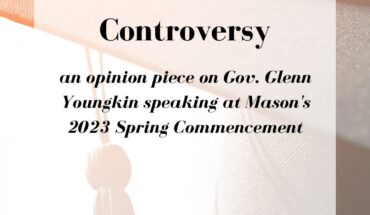BY STEVEN ZHOU STAFF WRITER
Although the debate over the value of online versus in-person instruction continues to rage, the reality is that, like it or not, we’re stuck with mostly online courses for the next few months (and quite possibly, the spring as well). This brings up a new debate: asynchronous or synchronous online classes?
Asynchronous means no live instruction — all instruction happens over pre-recorded videos, readings and other assignments, with occasional optional live office hours sprinkled throughout. Some have touted the advantages of asynchronous classes, usually having to do with connection issues, equal access across time zones or spotty internet areas, and flexibility. Some even say that asynchronous classes can be just as effective as synchronous classes.
I’m skeptical, and here’s why.
First, a simple search for “asynchronous classes” in the academic literature since 2016 produced no clear evidence that asynchronous classes are better than synchronous classes in a direct comparison between the two. In fact, education professor and researcher Cynthia Glenn’s 2018 study suggests that asynchronous classes are missing that “human touch” that make on-ground instruction effective, and “special motivation” is needed to help asynchronous students keep up. Similarly, Coastal Carolina University professor Siming Guo’s 2020 direct comparison of synchronous to asynchronous classes during the pandemic found lower grades, increased perception of course difficulty and increased perception of workload among asynchronous students.
Second, assuming there is evidence suggesting that asynchronous classes can be effective, the key question is for whom are such classes more effective. Research suggests that students who succeed in asynchronous classes are the ones who are most engaged, self-motivated and have an active learning community. Prior to the pandemic, those students opted to take asynchronous classes and did well in them, or they had life circumstances requiring the flexibility of asynchronous classes. Now, almost all students are forced to take online classes, many of them asynchronous, whether they like it or not.
Just because it works for a select group of students doesn’t mean it works for everyone.
The students who suffer the most from asynchronous classes are often the very ones who need the most help. For example, racial minority students in New York community colleges experienced reduced graduation outcomes compared to improved outcomes among non-minority students in online courses. Similarly, those who are academically unprepared fare worse. It’s ironic that the attempt to improve accessibility for under-served populations could actually be hampering their success.
Finally, anyone who argues for purely asynchronous classes is potentially creating a false dichotomy. Research in computer-mediated communication shows that asynchronous communication (e.g., emails) is most effective when paired with synchronous communication. As my Fourth Estate colleague suggested, if a class has live lectures, Blackboard makes it very easy to record them for students to listen to on their own time.
I’m having trouble getting any takers for synchronous online classes in my department. Most of our undergraduate core required classes will be online asynchronous next semester, and I’ve been denied — repeatedly — whenever I ask to make my class online synchronous, for those who want or need live instruction. The new policy, I’m told, is that such classes must be online asynchronous — they’re just as effective, and they increase accessibility and flexibility!
I’d be happy to be proven wrong, but I’m concerned that, in the name of equity, such a policy will actually lead to more inequity.




